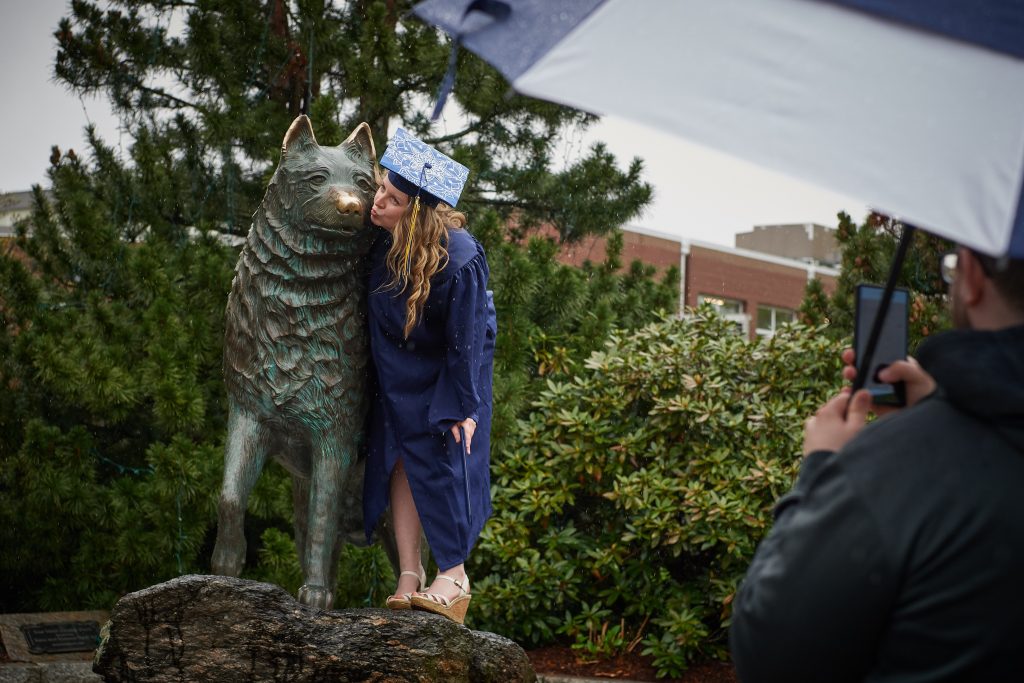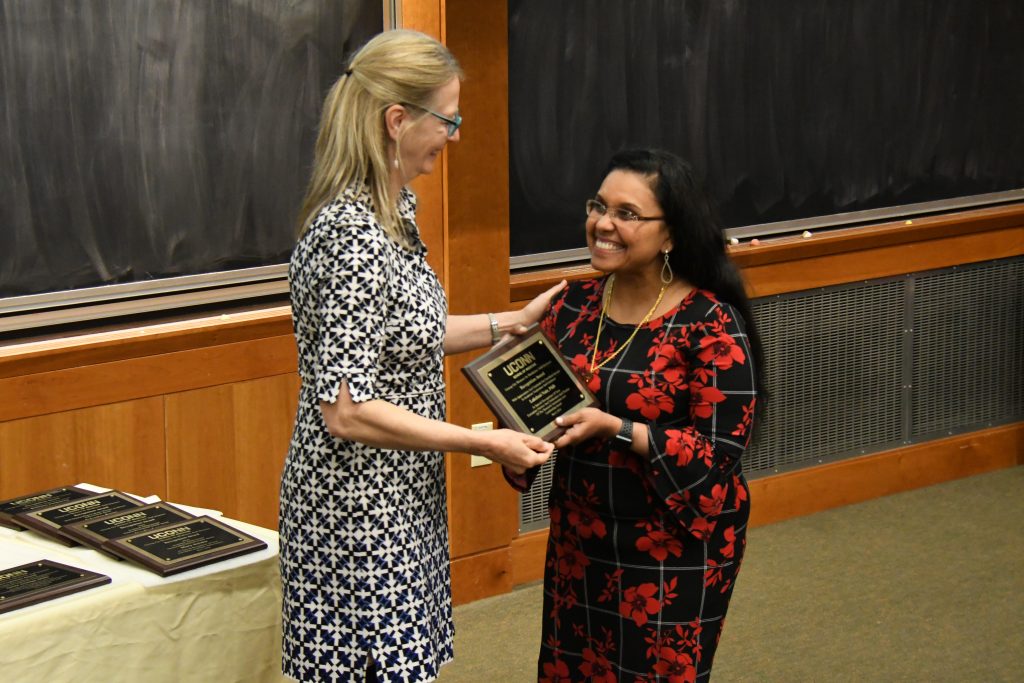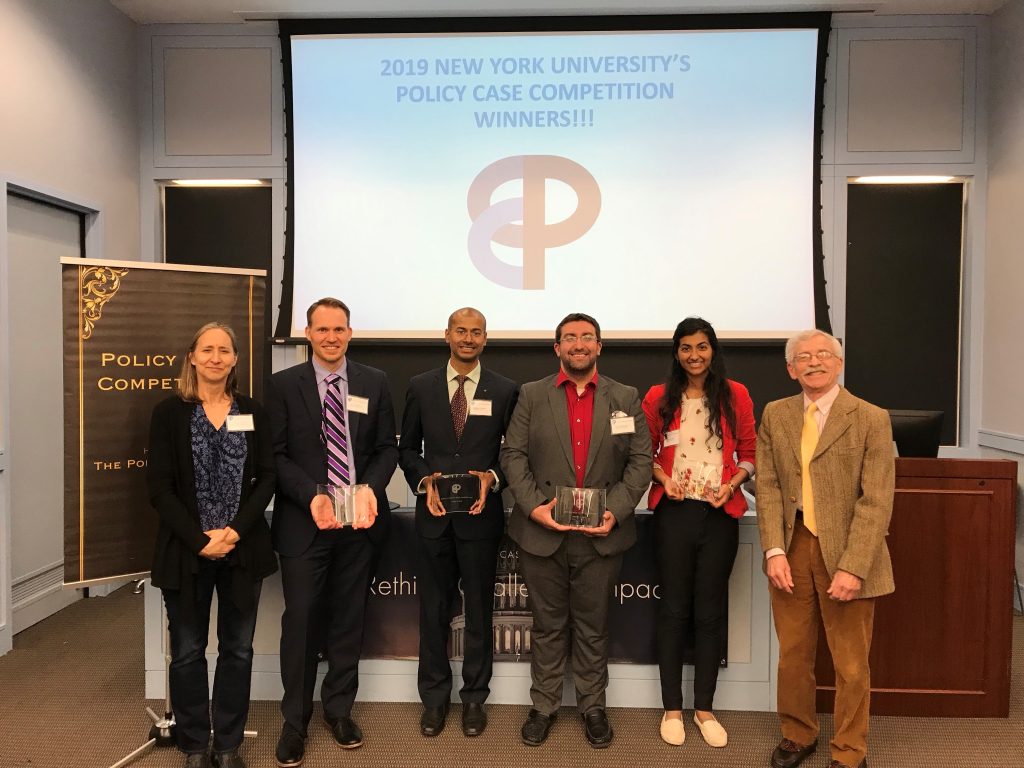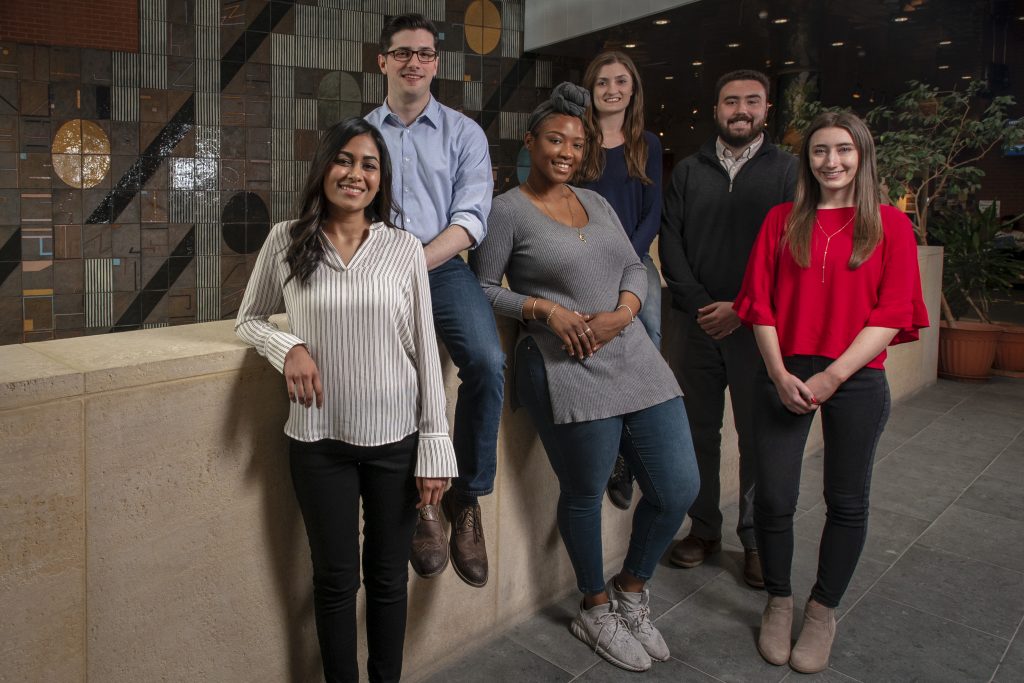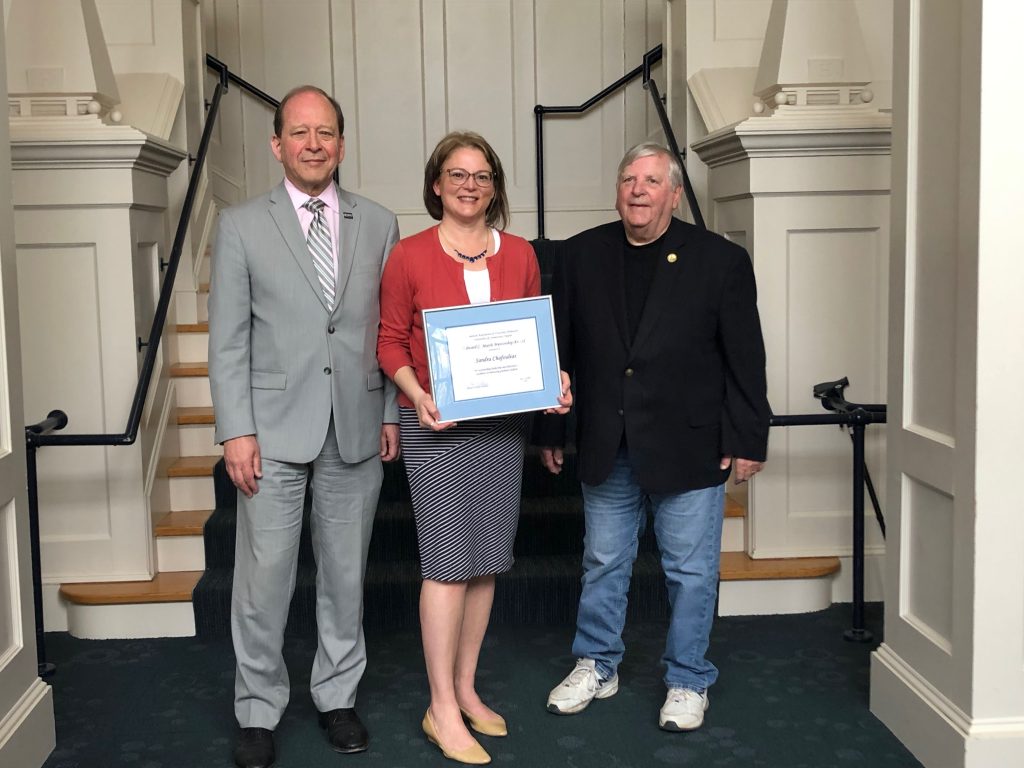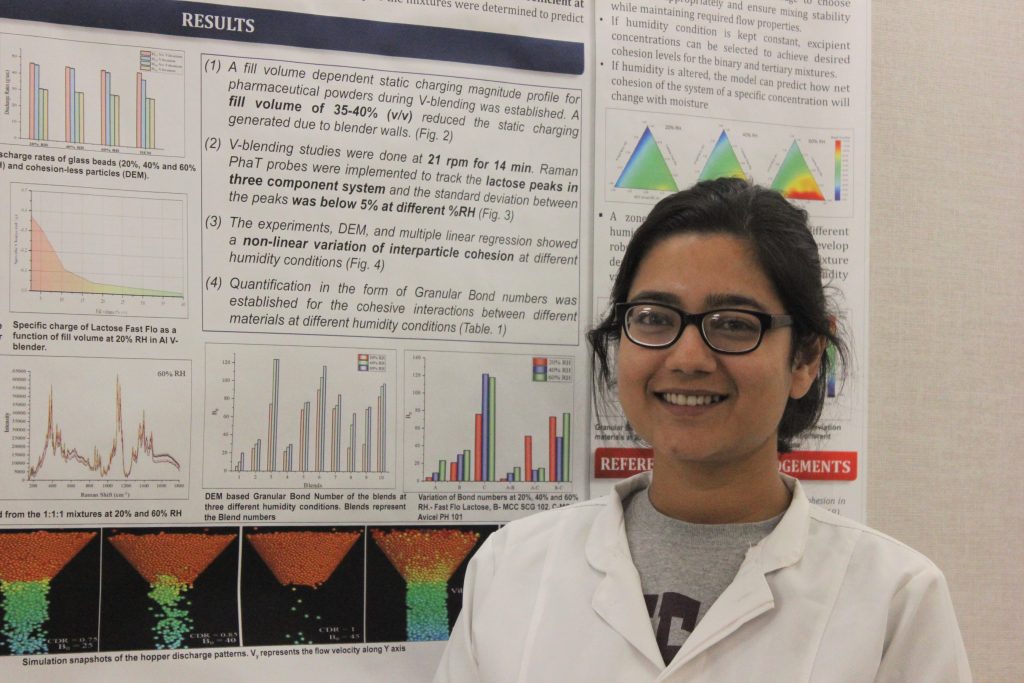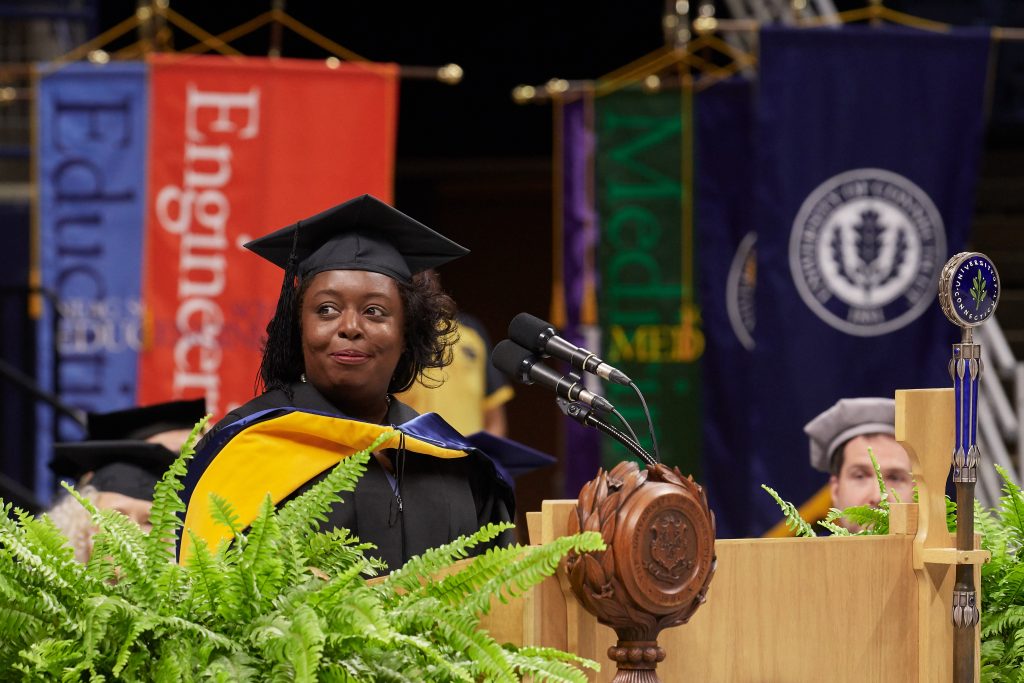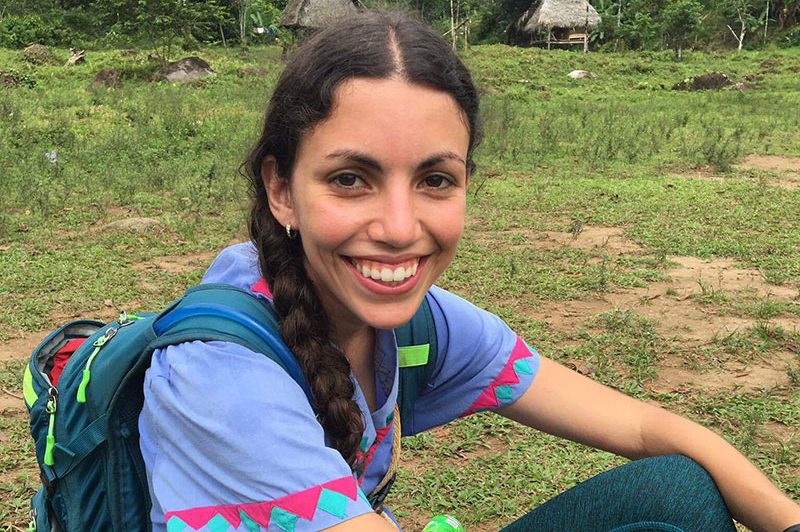The Graduate School
Snapshot of Commencement
In rain and shine, graduates processed to their commencement ceremonies this weekend. Here is a glimpse into their milestone moments.
May 13, 2019 | Peter Morenus
Outstanding Women in Medicine and Science Honored
The Group on Women in Medicine and Science (GWIMS) at UConn Health has awarded its 2019 outstanding women faculty, and graduate, medical and dental students.
May 8, 2019 | Lauren Woods
Huskies Win International Policy Competition
A team of UConn MBA and MPP students are champions of the annual New York University Policy Case Competition (NYUPCC), a competition comprising 500 students across 139 teams.
May 6, 2019 | Joshua Schreier '19 (MPP)
Eleven Young Scientists from UConn Win NSF Graduate Fellowships
'The NSF Graduate Research Fellowship is the gold standard when it comes to federally-funded fellowships for aspiring scientists,' says the director of UConn’s Office of National Scholarships & Fellowships.
May 2, 2019 | Mike Enright '88 (CLAS), University Communications
Sandra Chafouleas Receives Award for Mentorship
The UConn AAUP honored Professor Sandra Chafouleas, Board of Trustees Distinguished Professor in the Department of Educational Psychology, as the 2019 recipient of the Edward C. Marth Mentorship Award.
May 1, 2019 | Marie LeBlanc
Pharmaceutical Sciences Grad Student Koyel Sen Takes Top Honors
This Pharmaceutical Sciences student carried on a UConn tradition of having winning posters at the Particle Technology Forum Poster Session.
May 1, 2019 | Sheila Foran/School of Pharmacy
2019 Commencement Speakers and Honorary Degree Recipients
Editor’s Note: The University of Connecticut will begin to use walk-through metal detectors at Gampel Pavilion this month as part of an ongoing commitment to safety and security. The new technology will be in place for the commencement exercises held in Gampel on Saturday and Sunday, May 11 and 12. Whether arguing a case before […]
April 30, 2019 | Kristen Cole
Support for UConn Global Health Scholar
M.D./MPH candidate Carolina Vicens-Cardona will continue her study of health care access in Panama with the backing of the Maria and Edward P. Hargus, M.D., Professor Judy Lewis Global Health Education Scholarship.
April 25, 2019 | Chris DeFrancesco '94 (CLAS)
Pharmacy Takes Top Spots in Three-Minute Thesis Competition
UConn School of Pharmacy graduate students find that there is an 'art' to talking about science.
April 24, 2019 | Sheila Foran/School of Pharmacy
Crystallizing Knowledge with a Learning Machine
UConn researchers working with Pfizer used machine learning to figure out the best way to coax a drug into solid form for the development of pharmaceuticals.
April 16, 2019 | Kim Krieger
